To help us provide you with free impartial advice, we may earn a commission if you buy through links on our site. Learn more
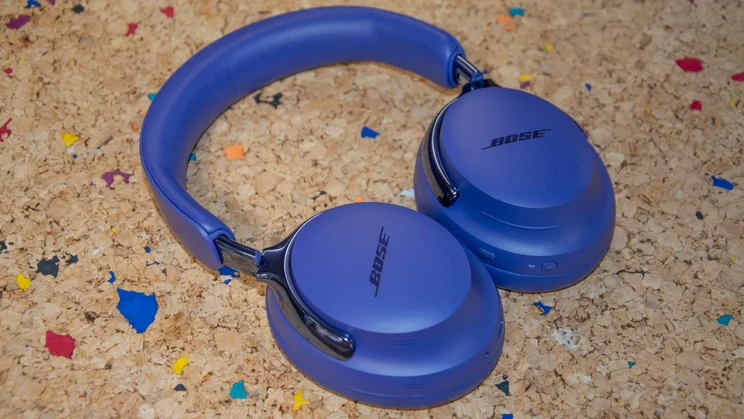
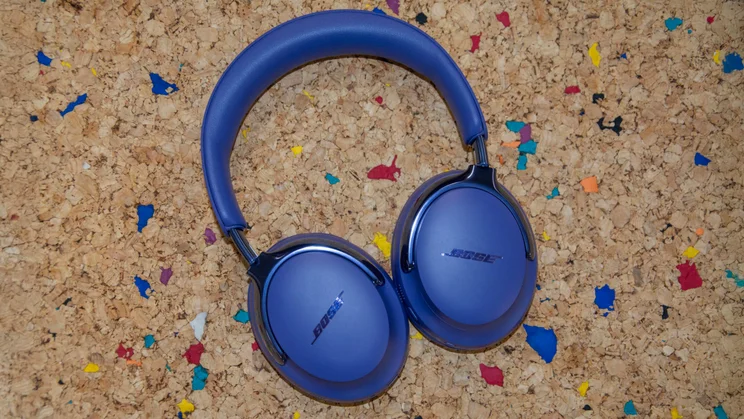
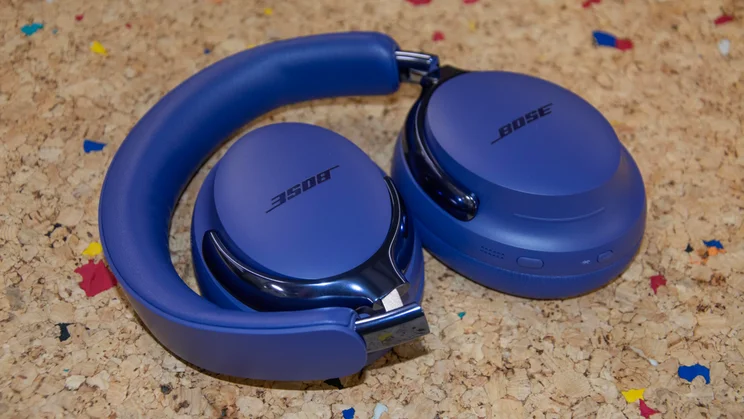
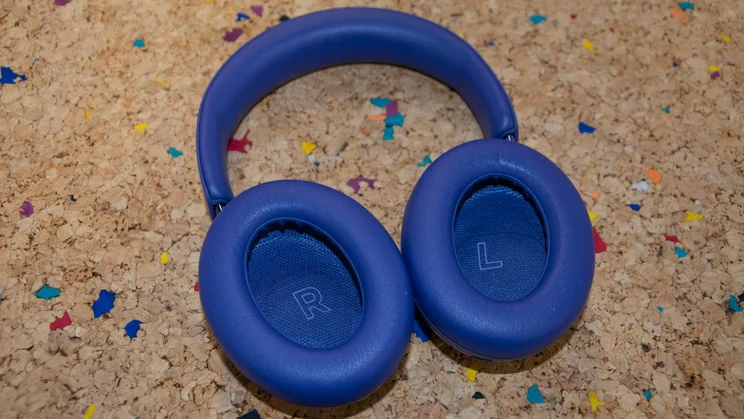
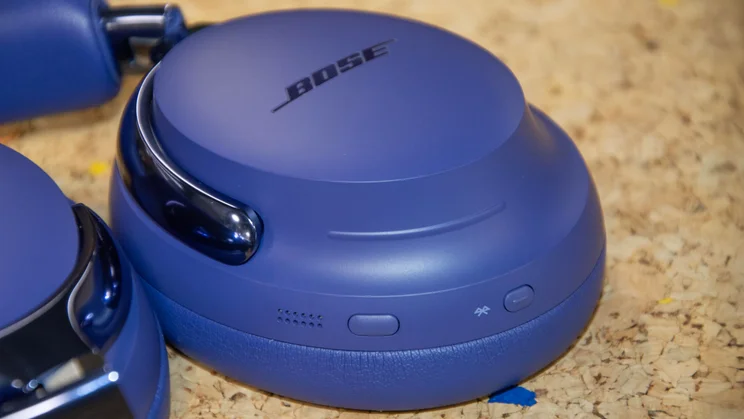
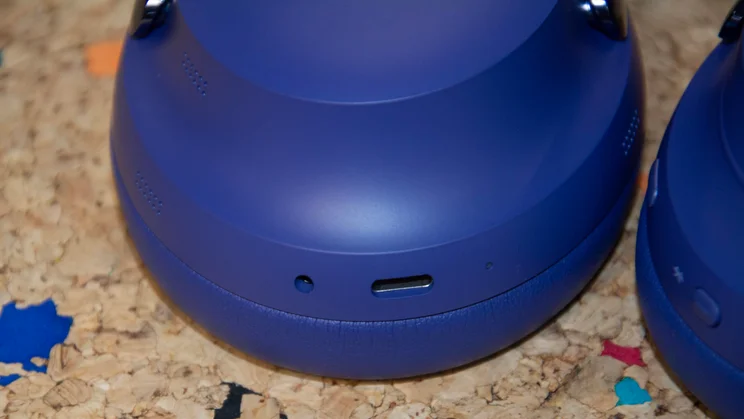
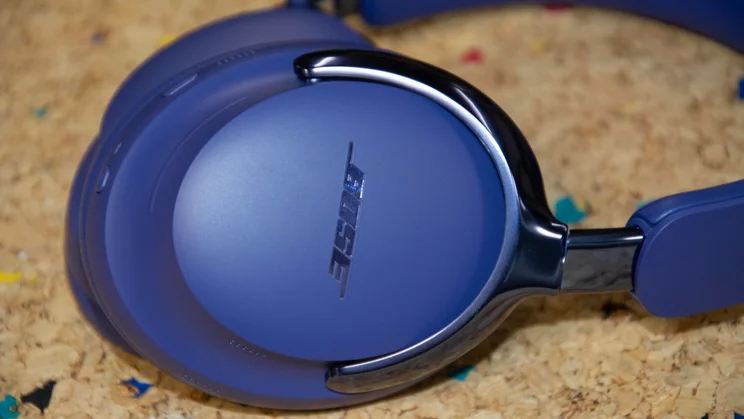
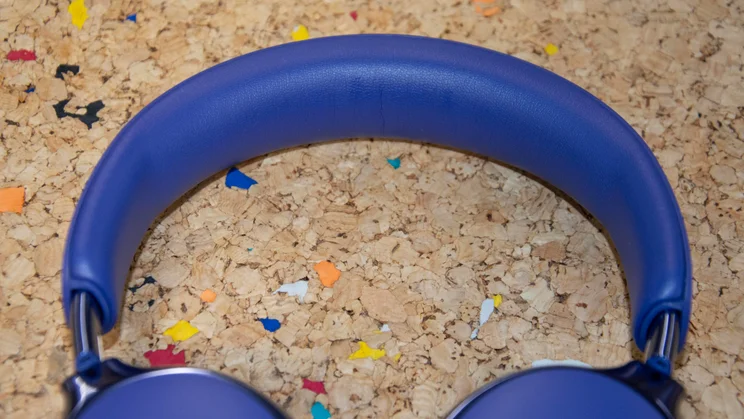
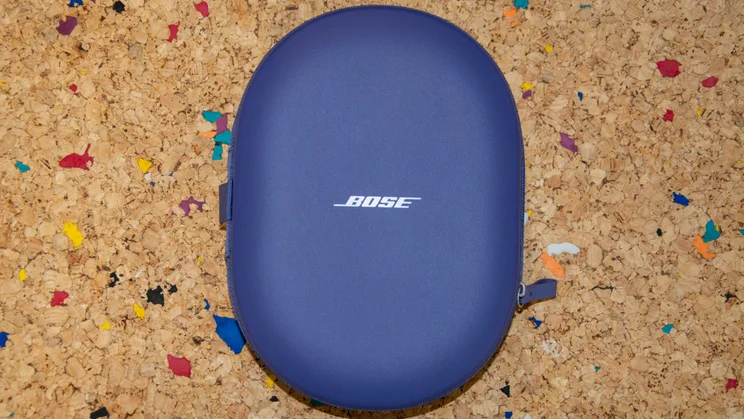
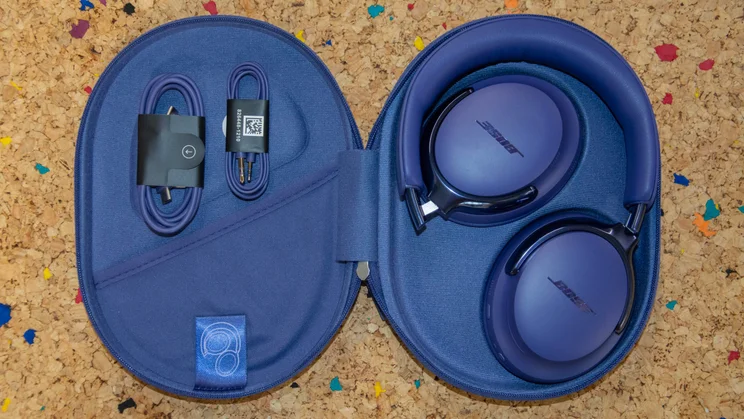
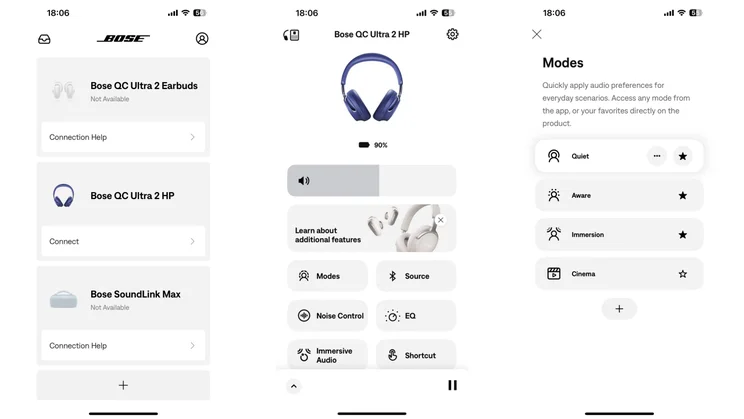
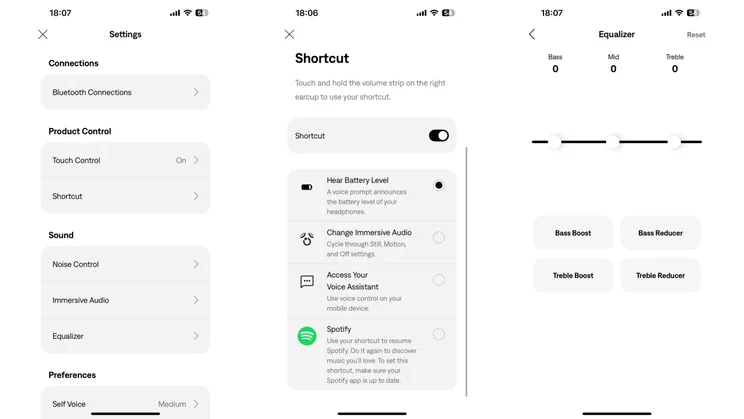
- Excellent noise cancellation
- Very comfortable
- Striking Midnight Violet colourway
- Basic EQ options
- Build quality doesn’t match the price
There are plenty of innovative and distinctively designed over-ear headphones, but manufacturers tend to be quite conservative with colours. I can think of a few examples to the contrary, but none that I consider as eye-catching as the Midnight Violet version of the Bose QuietComfort Ultra Headphones (2nd Gen).
That rather dramatic designation is purple by any other name, which just so happens to be my favourite colour. It’s also a colour often associated with royalty, luxury and magic. While I’m not sure you’ll catch King Charles wearing a pair, the price tag certainly positions the QC Ultra Headphones (2nd Gen) as a luxury purchase, and engaging their noise cancellation does magically make a lot of external noise disappear.
Supremely effective ANC and premium pricing are expected from Bose, as is the impressive audio quality that the Ultra Headphones (2nd Gen) demonstrate across a variety of genres. The headphones have received worthwhile upgrades, too, but, unless you love purple as much as Prince and I, or prioritise noise cancellation above all else, the Sony WH-1000XM6 and Bowers & Wilkins Px7 S3 are cheaper and equally compelling options.
What do you get for the money?
Bose has wisely decided against hiking up the price of the (2nd Gen). I say wisely, as the original Bose QuietComfort Ultra Headphones were already what Simon Lucas described as “shamelessly expensive” at £450. You can expect to pay that same for Bose’s latest cans, but they do at least come with a few additional bells and whistles.
Alongside claims of improved noise cancellation, call quality and audio quality, you can enjoy lossless 16-bit/48kHz audio when connected to a source via USB-C. There’s also a new “Cinema” sound setting, and you can now turn off noise cancellation entirely if you’d rather not be in “Quiet” or “Aware” mode. Battery life has been given a healthy boost, too, rising from 24 hours to 30 hours, or 23 hours if you have Immersive Audio engaged.












Bose has also tweaked the design. The hangers that join the headband to the earcups and the track the headband extends along have a shinier, more metallic finish, regardless of whether you choose the Black, White Smoke, Driftwood Sand or Midnight Violet colourway.
Elsewhere, the QC Ultra Headphones (2nd Gen) have a very similar set of specifications and features to their predecessors. They operate wirelessly over Bluetooth 5.4 and support multipoint pairing along with the SBC, AAC and aptX Adaptive Bluetooth codecs.












The control system remains unchanged. On the ridge of the right earcup, there’s a dual-function Bluetooth pairing/power button and a multi-function button controlling audio playback. You’ve also got a touch-sensitive strip on the outside of the earcup that allows you to adjust volume and set a shortcut to check your battery level, cycle through the Still, Motion and Off settings for Immersive Audio, hail your voice assistant, or resume a Spotify playlist.
On the left earcup, there’s a USB-C port for charging and lossless listening alongside a 2.5mm headphone jack. Bose supplies a USB-C to USB-C and a 2.5mm to 3.5mm cable in the box, and both slip neatly into an elasticated pocket on the inside of the carrying case, which is reasonably compact by over-ear headphones standards.
What do they do well?
From a practical standpoint, the QC Ultra Headphones (2nd Gen) are one of, if not the, best over-ear headphones for noise cancellation. They don’t have the Sony WH-1000XM6’s ability to adjust attenuation automatically based on your physical activity or location, but when Quiet mode is engaged, there are few external sounds capable of successfully penetrating their sonic defences.
And, while their noise-cancelling prowess is most evident with low-end frequencies, Bose manages to reduce the impact of trickier mid-range frequencies better than any other brand. Meanwhile, the Aware mode is great at passing through external sounds in the event you want to tune into your surroundings.












A snug fit is integral to creating a solid passive noise-cancelling seal, and the QC Ultra Headphones (2nd Gen) create this without stifling your ears. The fit is tight enough to remain stable, but there’s enough breathing room within the earcups for them to be immensely comfortable during long listening sessions. I don’t typically wear over-ear headphones for exercise, but I managed a 10km run in Copenhagen without the QC Ultra Headphones causing me any bother. They drew admiring glances, too, or at least I’m pretty sure they were admiring glances, and not looks of horror at what a sweaty mess I was.
Those admiring glances weren’t limited to the “Happiest City in the World 2025”, either. As far as attention-grabbing headphones go, only the Dyson OnTrac and Nothing Headphone (1) prompted as many double takes as these violet virtuosos. Opinion on the colourway was divided in the office, but personally this particular iteration of the QC Ultra Headphones (2nd Gen) is very much my blackcurrant jam.
I’ve already listed the new features for this second-gen model above, and all of them are welcome additions to the toolkit. I valued the inclusion of lossless audio over USB-C, something that actively prompted me to plug in the headphones to my MacBook Pro while working, with the added bonus of them being topped up in the process. Longer battery life is never something to turn your nose up at, but 23 hours of Immersive Audio falls well short of options like the Cambridge Audio P100 (60 hours with ANC on).












The new Cinema mode is engaging, too, though I rarely find myself watching films with headphones on. Compared with the standard Immersive Audio mode, it created a broader soundstage. The sounds of the forest during the opening of Legend (1985) were convincingly positioned and the enhanced sense of dimensionality didn’t come at the expense of dialogue, with Tim Curry’s gloriously overacted lines as the Lord of Darkness communicated crisply.
Bose’s Immersive Audio will still divide opinion – I enjoy it on select tracks – but there’s little to dislike about the QC Ultra Headphones (2nd Gen)’s overall audio presentation. There’s energy and dynamism to their delivery, and their bass response was exactly to my taste.












The unabating bassline underpinning Dickster and Hypnocoustics’ psy-trance banger Chance 2 B slapped hard, while the lasers, blips, and various atmospheric samples were all given appropriate prominence within the composition. Listening to something completely different – Prince’s Purple Rain – left me very impressed by how the headphones handled the Artist’s wide vocal range and the dense mix of instruments.
Finally, I want to praise the call and recording quality of the QC Ultra Headphones(2nd Gen). When exchanging voice notes with a pal on a busy London street, they picked up my voice very clearly amid the background noise, and phone calls proceeded smoothly, too.
What could be improved?
That’s a comprehensive list of talents, one that would likely earn these headphones a five-star rating like their true wireless equivalent, the QC Ultra Earbuds (2nd Gen), were they less expensive. But it’s impossible to ignore the fact that there are top-class competitors available for less.
Sony’s WH-1000XM6 are currently our top pick for over-ear, wireless noise-cancelling headphones, thanks to their fantastic all-around performance. Lightweight, comfortable, smart and able to hold any tune you throw at them, the XM6 can be picked up for £399. Meanwhile, the Bowers & Wilkins Px7 S3 stake a strong claim for being the best-sounding headphones in this price bracket and are currently available for £375.












The latter option also has the advantage of looking and feeling significantly more premium than Bose’s over-ear flagship. This is the main area in which I think the QC Ultra Headphones (2nd Gen) come up short. While I love the colour of my review sample, they simply don’t feel as nicely made.
The build looks and feels very plasticky, and the level of detail and finish is lacking for a pair of headphones costing £450. Perhaps Bose has chosen to offer a couple of more striking colours to try to divert attention away from this.












Their other, less consequential weakness is limited audio customisation. This has been an issue for Bose audio products for some time now. The Bose app only offers a very basic three-band graphic equaliser and four presets: Bass Boost, Bass Reducer, Treble Boost and Treble Reducer. As I enjoyed the sound the headphones produced, this wasn’t a big deal, but I’d have preferred a bit more flexibility.
Should you buy the Bose QuietComfort Ultra Headphones (2nd Gen)?
As my colleague Jon Bray wrote in his recent review of the Px7 S3, “all headphones in this price bracket are a series of compromises”. In truth, the QuietComfort Ultra Headphones (2nd Gen) don’t make many; their noise cancellation is up there with the best around, as is their transparency mode, call quality is a big step up from the previous model, and despite not being laser-accurate, they deliver ample detail with enthusiasm and no shortage of skill.
However, the main compromise they do make harms their cause considerably. They simply don’t feel or look like a pair of headphones you should be shelling out the best part of a monkey for. The Bose logo on the earcups carries a certain gravitas, but can’t be expected to do all the heavy lifting.
When competition is as fierce as it is, and, in the case of the WH-1000XM6 and Px7 S3, less onerous on the wallet, they may ultimately only find a home on the heads of brand loyalists, noise-cancelling nuts and those passionate about purple.







